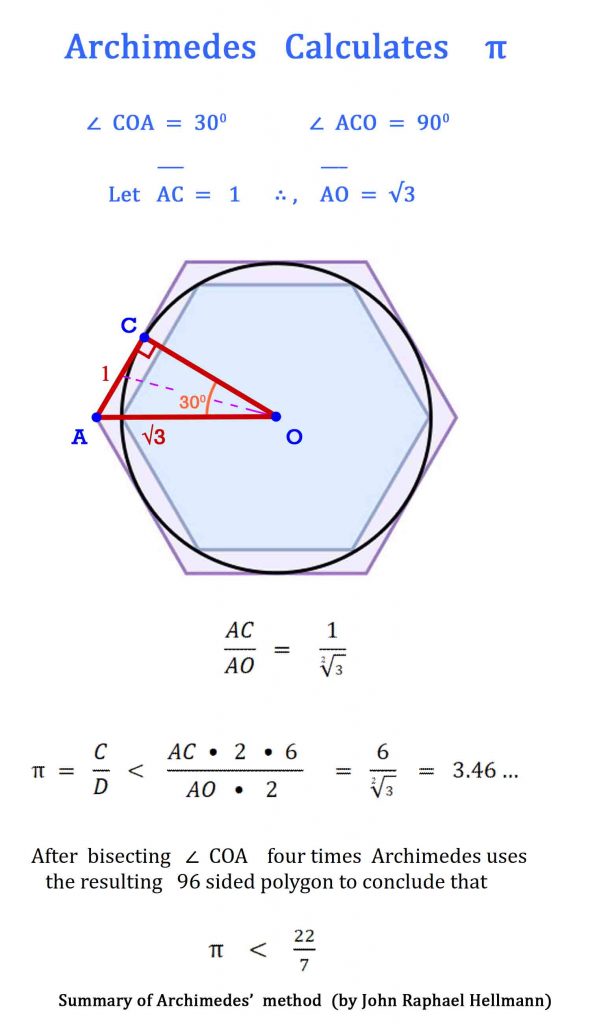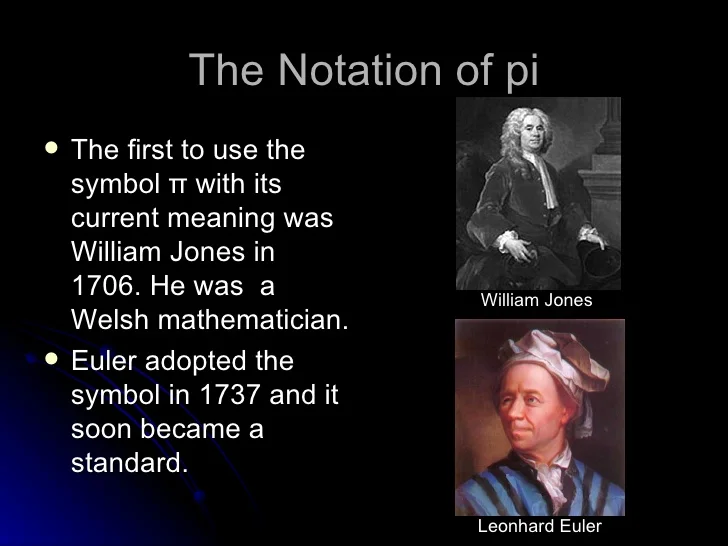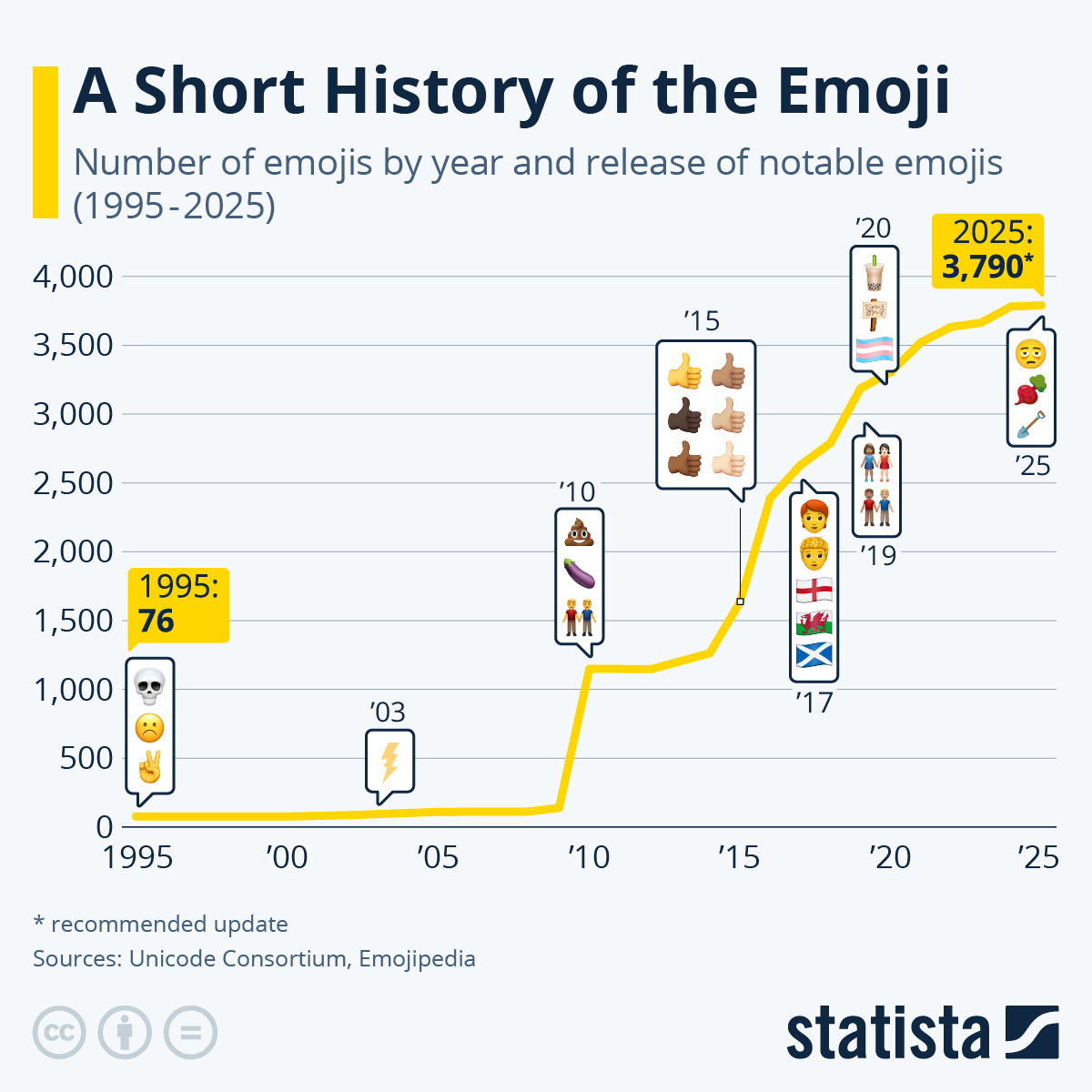From Ancient Greece to Modern Science: The Journey of the Pi (Π) Symbol
Introduction
The Pi (Π) symbol is one of the most recognized and fundamental elements in mathematics. Representing the ratio of a circle’s circumference to its diameter, Pi (Π) has fascinated mathematicians, scientists, and enthusiasts for centuries. But where did this mysterious number originate? How has it evolved, and why does it continue to play a critical role in modern science and technology? This article explores the journey of the Pi (Π) symbol from its ancient Greek origins to its applications in modern science.
The Origins of Pi (Π) in Ancient Greece
Early Discoveries and the Birth of Pi (Π)
The concept of Pi predates written history, with early civilizations approximating the value of Pi in their architectural and engineering projects. One of the greatest contributions to the study of Pi came from the Greek mathematician Archimedes of Syracuse (c. 287 BCE – c. 212 BCE). He developed a method to approximate Pi using inscribed and circumscribed polygons. Archimedes calculated the perimeters of 96-sided polygons to determine that Pi lies between 3.1408 and 3.1429, which was an impressive level of accuracy for the time.
His method, known as the polygon approximation method, involved drawing a series of polygons inside and outside a circle, continuously increasing the number of sides to get closer to the actual circumference. This approach laid the foundation for integral calculus and numerical approximations.

The Adoption of the Pi (Π) Symbol
The symbol Π for Pi was first introduced by William Jones, a Welsh mathematician, in 1706. However, it was Leonhard Euler, the Swiss mathematician, who popularized its usage in 1737. The choice of the Greek letter Π comes from the Greek word “periphery” (περίμετρος), reflecting its relationship to a circle’s circumference.
Euler’s adoption of the symbol solidified its place in mathematical notation, making it universally recognized. Today, Pi is used in geometry, trigonometry, calculus, and even physics, where it appears in equations related to waves, circles, and spheres.

The Evolution of Pi (Π) Through the Ages
Medieval and Renaissance Contributions
During the Middle Ages, scholars in the Islamic world, such as Al-Khwarizmi and Al-Samawal, refined calculations for Pi. The Indian mathematician Madhava of Sangamagrama (c. 1340–1425) developed infinite series to calculate Pi more precisely, paving the way for modern calculus.
The Age of Calculus and Advancements in Pi
With the advent of calculus in the 17th century, mathematicians like Isaac Newton and Gottfried Wilhelm Leibniz developed formulas that dramatically improved Pi’s precision. These discoveries laid the foundation for calculating Pi to millions of decimal places using modern computing.
The Role of Pi in Ancient Architecture
Ancient civilizations used Pi in designing and constructing large structures. The Egyptians, for instance, incorporated an approximation of Pi in the design of the Great Pyramid of Giza, where the ratio of the pyramid’s height to its base closely resembles Pi. Similar approximations appear in the ruins of Babylonian, Indian, and Greek architecture, indicating an early intuitive understanding of its importance.
Pi (Π) in Modern Science and Technology
The Role of Pi in Mathematics and Physics
Pi is more than just a mathematical curiosity; it is fundamental to numerous scientific principles. It appears in trigonometry, calculus, and geometry, influencing everything from wave mechanics to probability theory.
In physics, Pi plays a crucial role in understanding circular motion, relativity, and quantum mechanics. For example, Einstein’s field equations in General Relativity contain Pi, highlighting its significance in describing the fabric of the universe.
Engineering and Real-World Applications
Pi is integral to engineering, architecture, and aerospace technology. Engineers use Pi to calculate stress loads in bridges, buildings, and mechanical components. In space exploration, organizations like NASA rely on Pi for orbital calculations and spacecraft navigation.
Pi in Computer Science and Cryptography
In the digital age, Pi has become a benchmark for testing supercomputers and cryptographic security algorithms. Calculating Pi to trillions of digits serves as a stress test for computational power and has applications in random number generation and data encryption.
The Use of Pi in Medicine and Biology
Medical imaging techniques, such as MRI scans and CT scans, rely on Pi in their calculations to reconstruct images of the human body. Pi is also found in biological processes, such as cell growth patterns, DNA structures, and the mathematical modeling of heart rhythms.
Pi and Cosmology: Measuring the Universe
Pi is embedded in the very structure of the universe. Scientists use Pi in equations related to the curvature of space-time, the size of planetary orbits, and the behavior of black holes. The famous formula E=mc^2 also indirectly involves Pi through its applications in wave mechanics and field theory.
Fun Facts and Cultural Impact of Pi
Pi Day and Global Celebrations
March 14th (3/14) is celebrated as Pi Day worldwide, honoring the number’s significance in mathematics and science. The day is marked with math challenges, Pi recitation contests, and even eating pie as a fun tribute.
Pi in Literature and Pop Culture
Pi has appeared in literature, music, and even movies. The novel “Life of Pi” by Yann Martel explores the symbol metaphorically, while Darren Aronofsky’s film “Pi” delves into mathematical obsession. Many musicians have even composed melodies based on Pi’s digits.
The Infinite Nature of Pi
Pi is an irrational number, meaning its decimal representation never ends or repeats. Mathematicians have calculated Pi to over 62 trillion digits, yet its true value remains infinitely unknowable.
The Future of Pi Research
As technology advances, scientists continue to push the boundaries of Pi calculations. Quantum computing may provide new ways to calculate Pi faster and with even greater accuracy. While Pi’s digits may not have direct practical applications beyond a certain point, the pursuit of discovering more of Pi remains a testament to human curiosity and the ever-evolving field of mathematics.
Conclusion
From its humble origins in Ancient Greece to its indispensable role in modern science, the Pi (Π) symbol has journeyed through history as one of the most fascinating mathematical constants. Its impact stretches across disciplines, from geometry to cosmology, proving that Pi is far more than just 3.14159—it is a cornerstone of our understanding of the universe.
As we continue to explore the depths of mathematics and technology, Pi remains a symbol of human curiosity and the endless quest for knowledge. So, whether you’re a mathematician, scientist, or just a fan of numbers, take a moment to appreciate the beauty of Pi—the infinite number that shapes our world.


